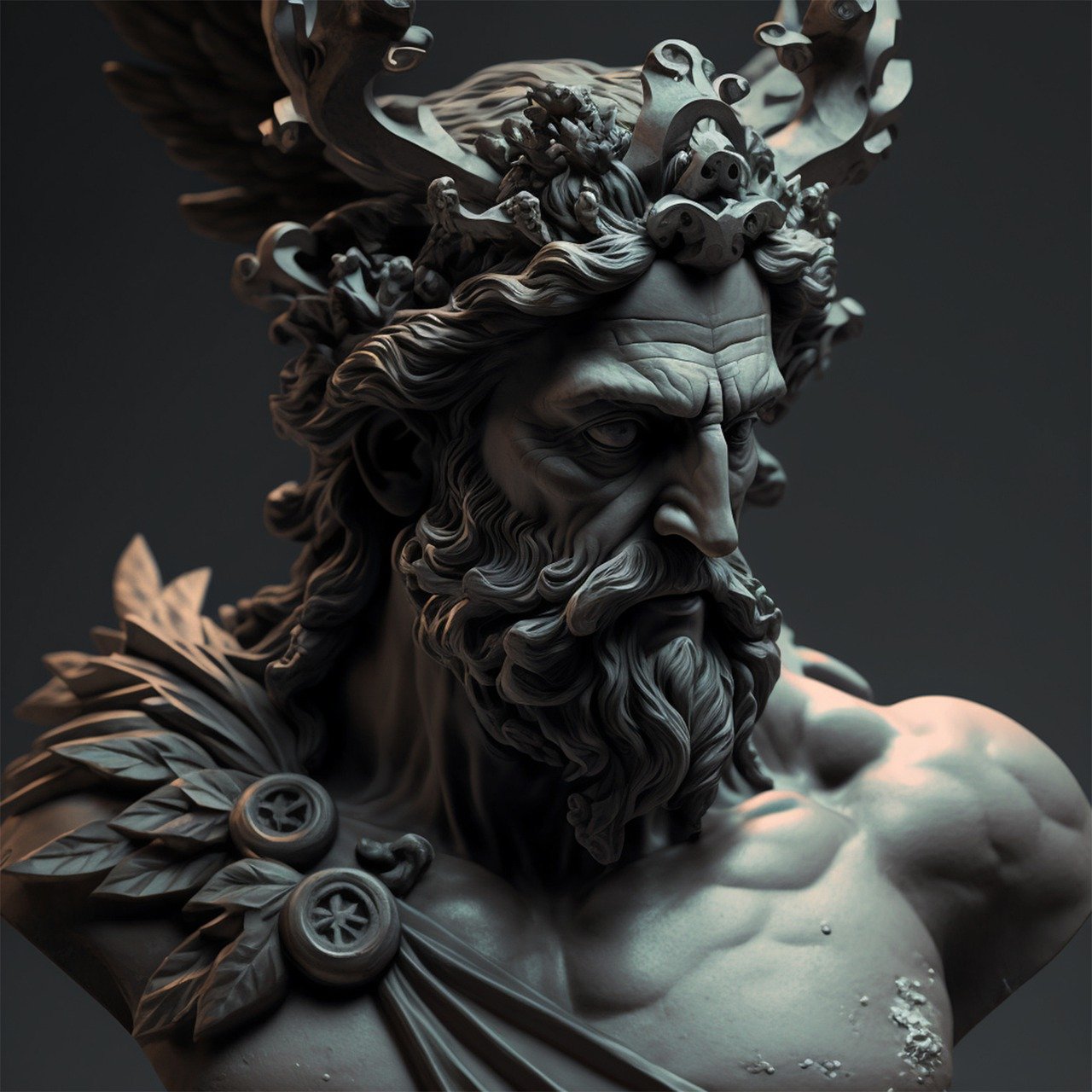Andromeda: The Myth of the Rescued Princess
In Greek mythology, Andromeda is portrayed as a princess, the offspring of Cepheus, the ruler of Aethiopia (modern-day Ethiopia), and Cassiopeia, his queen. One of the most enduring tales surrounding Andromeda is her dramatic rescue by the hero Perseus, who saved her from an impending sacrifice to a monstrous sea beast. Following her salvation, Andromeda wed Perseus, and they together had a family.
Andromeda also lends her name to one of the most famous star groupings, which encompasses the Andromeda Galaxy, the nearest large galaxy relative to the Milky Way.
Family Ties
As mentioned, Andromeda is the daughter of Cassiopeia and Cepheus. Some legends suggest that Cepheus ruled over Joppa, present-day Israel. After being saved by Perseus, they became a couple and had nine children: seven sons and two daughters. Their offspring included notable figures like Perses, who is credited as the founder of Persia, along with Helios, Alcaios, Mestor, Electryon, Sthenelos, Cynurus, Autochthe, and Gorgophone.
The Daring Rescue
Perseus volunteered to rescue Andromeda but under the condition that she would become his wife. Queen Cassiopeia, in a moment of vanity, declared that both she and Andromeda surpassed the beauty of the Nereids, divine sea nymphs. This incited the ire of Poseidon, protector of the Nereids, leading him to unleash a devastating sea monster, Cetus, along with torrential floods upon Aethiopia. According to the Oracle of Ammon, the only way to save Aethiopia was to sacrifice Andromeda to Cetus. Consequently, Andromeda was bound to a rock, waiting for her fate to unfold.
As fate would have it, Perseus was flying over Aethiopia—some texts indicate Philistia—when he spotted Andromeda. Struck by her beauty, he inquired her name and circumstances. Though initially silent due to shyness, Andromeda eventually revealed her identity and the unfortunate circumstances that led to her predicament.
Upon witnessing a terrifying roar, Andromeda screamed, and her parents rushed to the shore in despair, crying for their daughter. Perseus introduced himself and offered to save Andromeda, but he demanded her hand in marriage as payment. Cepheus and Cassiopeia, understanding the gravity of the situation, agreed to his proposal, promising their kingdom in dowry.
Confrontation with Cetus
With determination, Perseus flew towards Cetus, surprising the beast with his shadow. Utilizing this distraction, he descended to deliver lethal blows to the creature’s back while skillfully dodging its jaws. In some versions, Perseus employed Medusa’s severed head to turn the monster to stone. Upon achieving victory, cheers erupted from the gathered crowd, including the deities on Mount Olympus. The grateful Cepheus and Cassiopeia celebrated Perseus as their daughter’s savior.
Following the defeat of the monster, Perseus erected three altars in gratitude to Zeus, Hermes, and Athena, sacrificing in their honor. He declined the lavish dowry offered by Andromeda’s parents, content to claim Andromeda as his bride. Their wedding feast was extravagantly decorated, filling the hall with garlands and incense. During the celebration, Perseus captivated guests with tales of his heroic escapades.
However, the marriage festivities were abruptly interrupted by Phineus, Cepheus’ brother, who insisted that Andromeda had been dishonorably taken from him. Cepheus defended Perseus, asserting that the hero had earned his bride through brave actions. Despite this, Phineus was enraged, leading to a fierce clash, with Phineus attacking Perseus and his supporters. In a moment of divine intervention, Athena assisted Perseus. To quench the battle, Perseus brandished Medusa’s head, turning Phineus and his followers to stone, showing no mercy for the aggression they displayed.
Alternative Narratives
Different variations of the myth exist. Conon, a Greek mythographer, recounts that both Phineus and Phoenix sought Andromeda’s affection. When Cepheus decided that Phoenix should marry Andromeda, he schemed to keep this news from Phineus. Instead, he orchestrated Andromeda’s abduction by Phoenix while she was at an island shrine dedicated to Aphrodite.
In this alternative tale, Perseus intervened when he heard Andromeda’s cries, arriving just in time to fend off her captors and destroy Phoenix’s vessel, the Cetus, rescuing Andromeda, who eventually joined him as his bride.
The Celestial Andromeda
Upon Andromeda’s death, the gods honored her by placing her in the heavens alongside Perseus, Cassiopeia, and Cepheus, where their constellations remain forever. The Andromeda Constellation contains nine named stars within the Andromeda Galaxy (Messier 31), recognized as the closest significant galaxy to the Milky Way, best visible in the Northern Hemisphere during November.
The constellation showcases a figure with arms extended, with feet pointing towards Perseus and the head directed towards Pegasus. The brightest star, Alpheratz, represents Andromeda’s head, while Mirach signifies one hip and Almach the foot.
Cultural Legacy
The tale of Andromeda’s rescue has deeply influenced the storytelling archetype of the hero saving the princess, a motif echoed in countless works, including classic Disney films like Snow White and the Seven Dwarfs (1937) and Sleeping Beauty (1959), alongside the adventure film The Princess Bride (1987). The cinematic retelling of Andromeda’s story also appears in Clash of the Titans (1981 and 2010).
Many renowned artists were inspired by Andromeda’s legacy, including Titian, Peter Paul Rubens, and Jean-Auguste-Dominique Ingres. The renowned artwork by Giorgio Vasari, Perseus and Andromeda (1570), depicts the moment of her rescue based on Ovid’s writings, illustrating Perseus freeing Andromeda from her bonds, with elements of his heroic equipment nearby.



